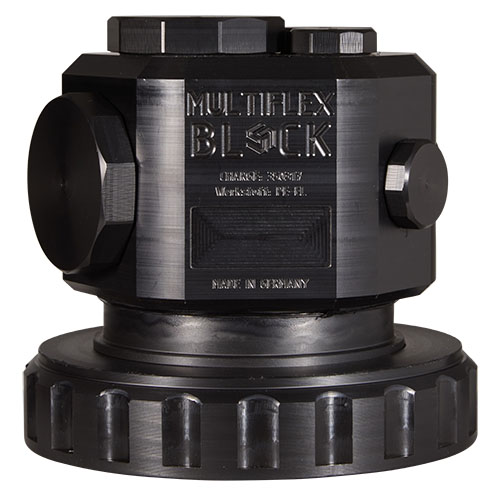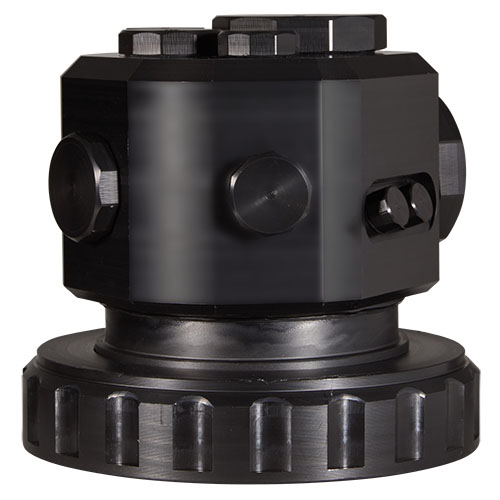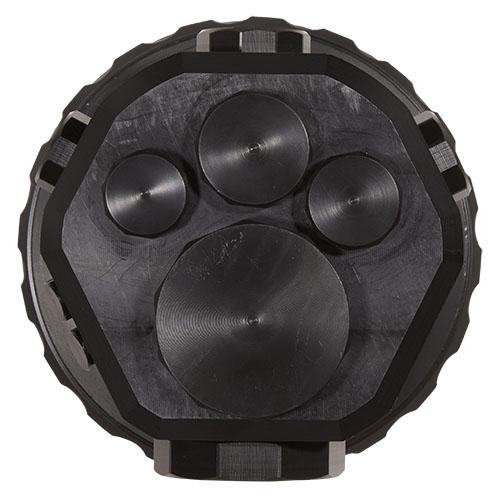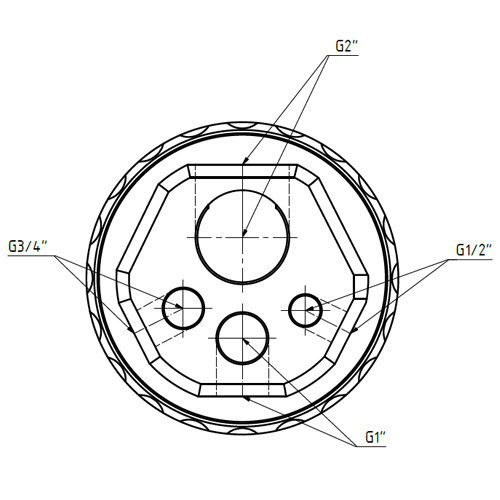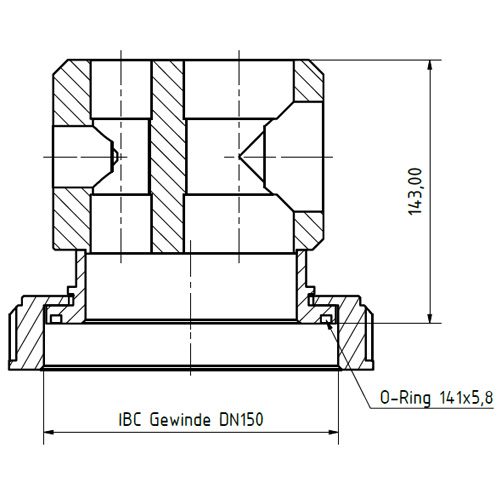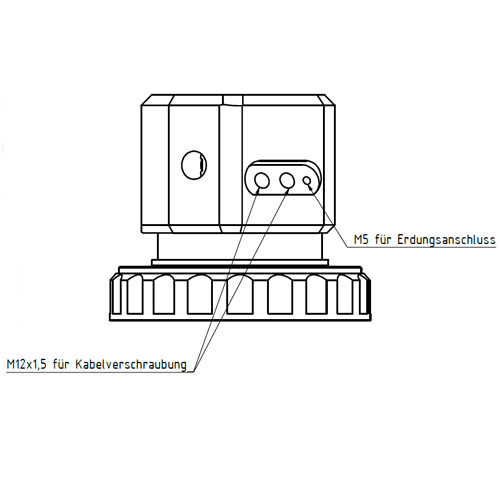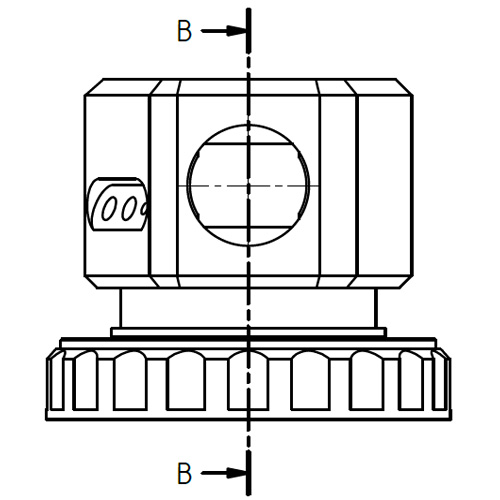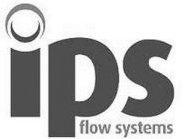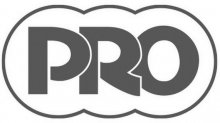Multi Flex Block PE-el with FEP-FPM seal
Delivery time: 3-5 days
|
|||||||||||||||||||||||||||||||||
|
MULTI FLEX BLOCK® in ATEX design - Enables multifunctional assembly of connection components, couplings, valves and measuring devices for filling, removal and monitoring processes on the IBC container thanks to different connection threads on the block body. - CNC-machined - Complies with the ATEX 2014/34/EU and TGRS 727 (BMAS/DE) directives with regard to the intended use with the special property of being classified as electrostatically dissipative / electrically conductive - No declaration of conformity required - Chemical resistance similar to that of PE100 - Material: PE-el, electrically conductive - Electrical potential is dissipated - Suitable for use in Ex zones 1 and 2 - Screw cap DN 150 (universal), black, electrically conductive), suitable for ATEX IBC containers - Rotatable insert, gas-tight, for unpressurized operation - Seals: FEP-FPM (FEP-coated) - PE-el screw plugs (black) with FEP-FPM seals (FEP-coated O-rings) - Chemical resistance of the O-rings according to resistance list Connections: TOP: G 1/2", G 3/4", G 1", G 2" SIDE: G 1/2", G 3/4", G 1", G 2", 2x M12x1.5, 1x M5 for earthing connection BOTTOM: G 1/2", G 3/4", G 1", G 2" - Tooling: 3.1. available on request If installations consist of several conductive components, these must be earthed individually or connected to each other in an electrically conductive manner and earthed as a whole. The Multi Flex Block® has its own M5 internal threaded earthing connection. Conductive portable equipment and objects, e.g. drums, IBC containers, etc., are generally not earthed via the overall system. They are earthed via their own earthing connections. Especially when filling and emptying, a leakage resistance RE < 10^6 Ohm must be ensured; equipment used for earthing and potential equalization must not be interrupted or switched off. They must be clearly marked, e.g. with green/yellow stripes. Separate operating instructions are required for earthing and equipotential bonding work in potentially explosive atmospheres. Note: See also § 14 of the Ordinance on Hazardous Substances: Persons working in potentially explosive atmospheres must be instructed on the necessity of earthing and equipotential bonding measures. The operator is responsible for the ATEX-compliant use of on-site attachments. Note: See also Kwerk data sheet MFB150-ATEX with important installation and maintenance instructions for the Multi Flex Block®. |
|
||||||||||||||||||||||||||||||||
Information:
|
|||||||||||||||||||||||||||||||||||||||||||||||
ATEX: Confidence in safety, expertise in explosion protection |
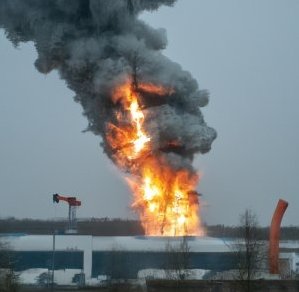 source: OPEN AI |
ATEX is a designation that is often used in connection with explosion protection within the European Union. The name ATEX is derived from the French term "ATmosphères EXplosibles". These are two EU directives that are intended to ensure the protection of persons and property in potentially explosive atmospheres. These directives are: 1.) ATEX 2014/34/EU (formerly 94/9/EC) - Equipment and protective systems intended for use in potentially explosive atmospheres: This directive regulates the placing on the market of products used in potentially explosive atmospheres. Manufacturers must ensure that their products are designed and manufactured in such a way that they do not endanger the health and safety of persons or the protection of property when used as intended. 2) ATEX 1999/92/EC (also known as the "ATEX Directive"): This directive is addressed to the employer and concerns the minimum requirements for the protection of the safety and health of workers potentially at risk from explosive atmospheres. It requires employers to assess the risk of explosions and take appropriate protective measures. This includes the division of areas into zones based on the frequency and duration of the occurrence of hazardous explosive atmospheres. |
|
For products covered by the ATEX directives, a CE marking is required to indicate that the product complies with the applicable EU requirements, including those for explosion protection. In addition to the CE marking, products used in potentially explosive atmospheres must bear the special ATEX mark (a hexagon with the word ’Ex’). The implementation of these directives requires manufacturers to have extensive knowledge of the properties of gases, vapors and dusts with regard to their explosive properties. Operators of systems in which explosive atmospheres can occur must also develop and implement suitable safety concepts in order to minimize the risk of an explosion and ensure the safety of employees. In practice, this means that equipment and protective systems used in such areas must be designed in such a way that they cannot be a source of ignition, for example through sparking or excessive heat generation. The requirements vary depending on the specific zone in which the equipment is used and the type of explosive atmosphere (e.g. gas or dust). |
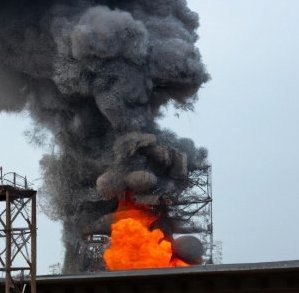 source: OPEN AI |
| The ATEX directives cover a wide range of products and protective measures to ensure safety in potentially explosive atmospheres. Here is more detailed information and aspects of the ATEX topic:
Zoning A central aspect of the ATEX directives is the classification of areas into zones. This classification is based on the type, frequency and duration of the occurrence of an explosive atmosphere. For gases, vapors and mists: Zone 0:An area in which an explosive gas atmosphere is present continuously or for long periods. Zone 1: An area in which an explosive gas atmosphere may occasionally form under normal operating conditions. Zone 2: A place in which an explosive gas atmosphere is not likely to occur in normal operation but, if it does occur, will persist for a short period only. For dusts: Zone 20: An area in which an explosive dust cloud is present in the air continuously or for long periods. Zone 21: An area in which an explosive dust cloud may occasionally form under normal operating conditions. Zone 22: An area in which an explosive dust cloud does not occur under normal operating conditions and only for short periods. Equipment categories The devices and protective systems that fall under ATEX 2014/34/EU are divided into different categories according to their place of use, which indicate the level of protection required: - Category 1 (Zone 0 or 20): Highest level of protection; equipment must provide safety even in the event of two independent malfunctions. - Category 2 (Zone 1 or 21): High level of protection; devices must provide a high level of safety and remain safe in the event of a malfunction. - Category 3 (Zone 2 or 22): Normal level of protection; devices must be safe under normal operating conditions. Labeling Products designed for use in potentially explosive atmospheres must bear additional information in addition to the CE marking, including - The Ex symbol in a hexagon. - The group and category of the device. - The gas or dust group for which the appliance is suitable. - The temperature class or maximum surface temperature. Conformity assessment procedure The ATEX Directive stipulates that products must undergo a conformity assessment procedure before they are placed on the market. This may include internal production controls, type testing and in some cases the involvement of a notified body, depending on the category of equipment. Important aspects for operators For operators of equipment in potentially explosive atmospheres, the requirements of ATEX 1999/92/EC (operating directive) are particularly relevant. These stipulate that operators must create an explosion protection document that includes the following: - Assessment of the explosion risk. - Measures to prevent explosions. - Measures to protect against the effects of an explosion in order to safeguard the health of employees. Compliance with the ATEX directives is not only crucial for safety in the workplace, but is also a legal requirement in the EU. The implementation of these directives requires close cooperation between manufacturers, plant operators, engineers and safety experts in order to develop innovative and safe solutions for dealing with explosive atmospheres. |
Optimize your shopping experience with our detailed delivery information |
Partnership at the highest level. |
|
|
|
|
|
|
|
